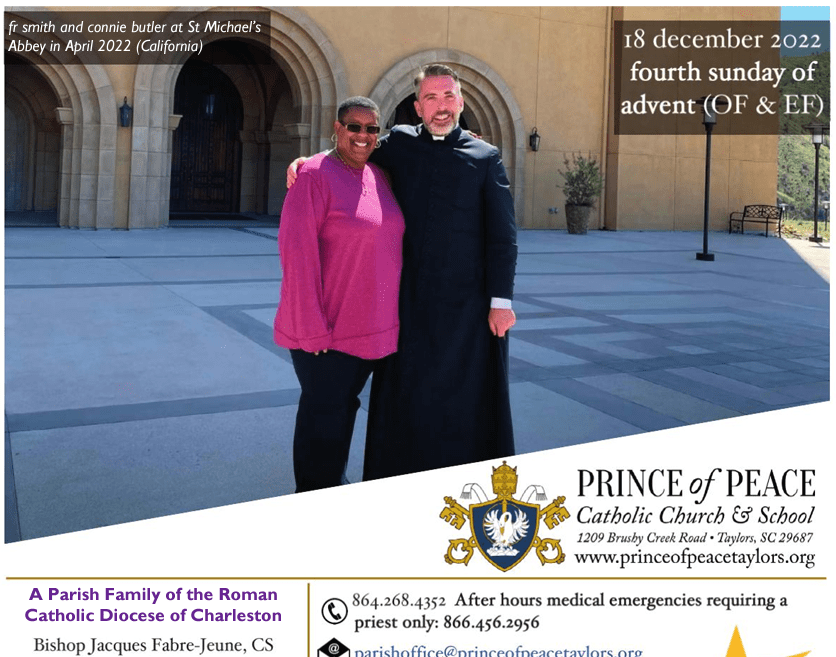
18 December 2022 Bulletin
Click to read this weekend’s bulletin: 18 December 2022 Bulletin

Click to read this weekend’s bulletin: 18 December 2022 Bulletin
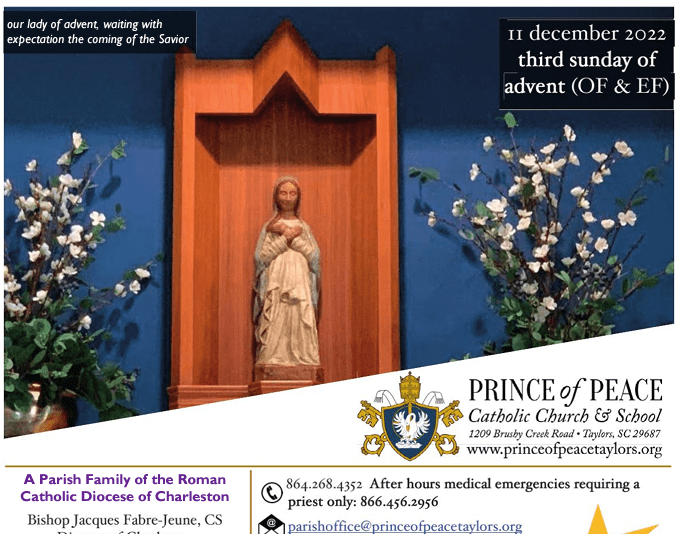
Click to read this week’s bulletin: 11 December 2022 Bulletin
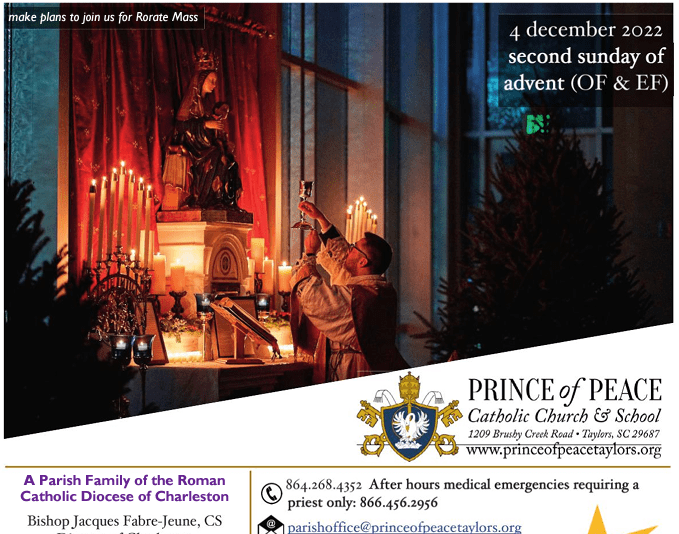
Click to read this week’s bulletin: 4 December 2022 Bulletin
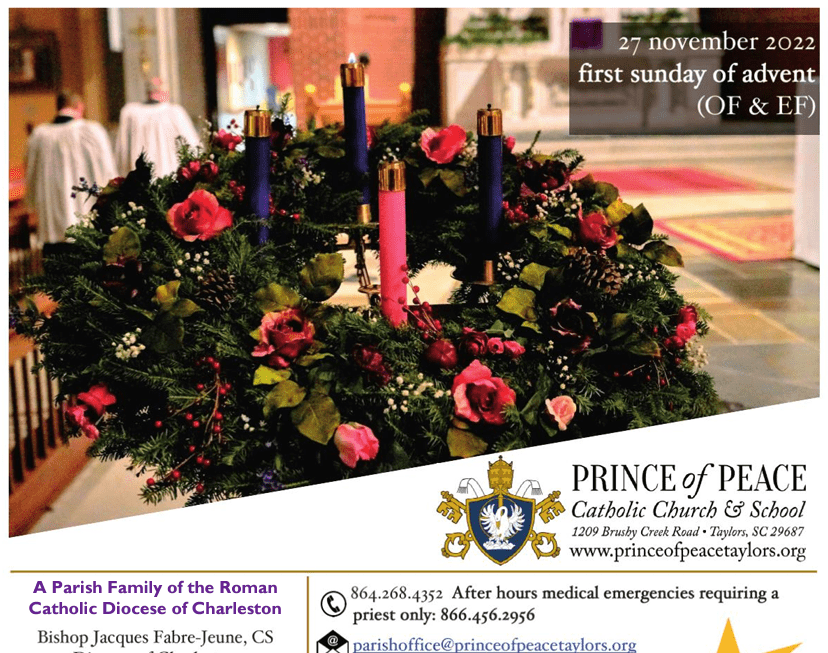
Click to read this week’s bulletin: 27 November 2022 Bulletin
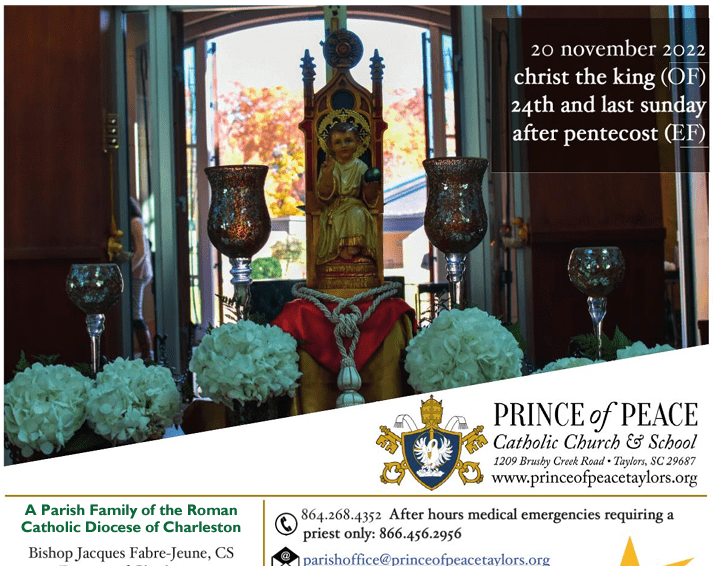
Click to read this weekend’s bulletin: 20 November 2022 Bulletin
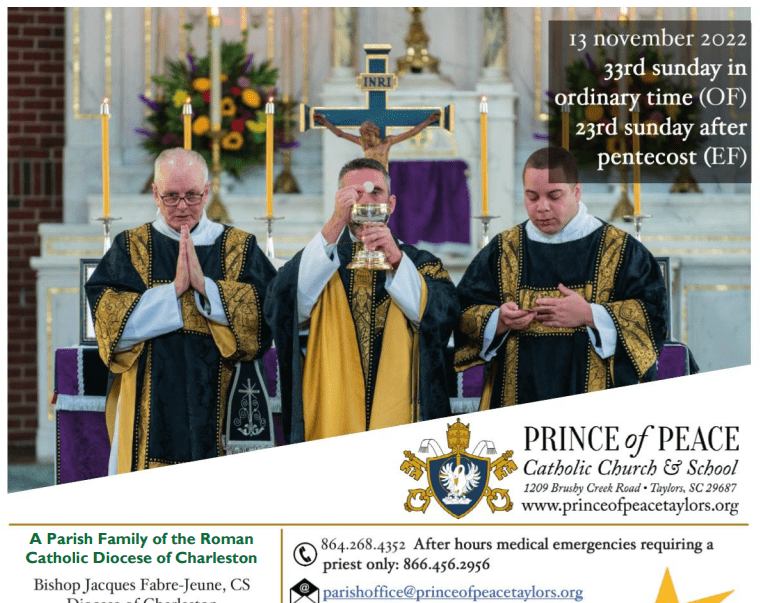
Click to read this weekend’s bulletin: 13 November 2022 Bulletin
Recent Comments